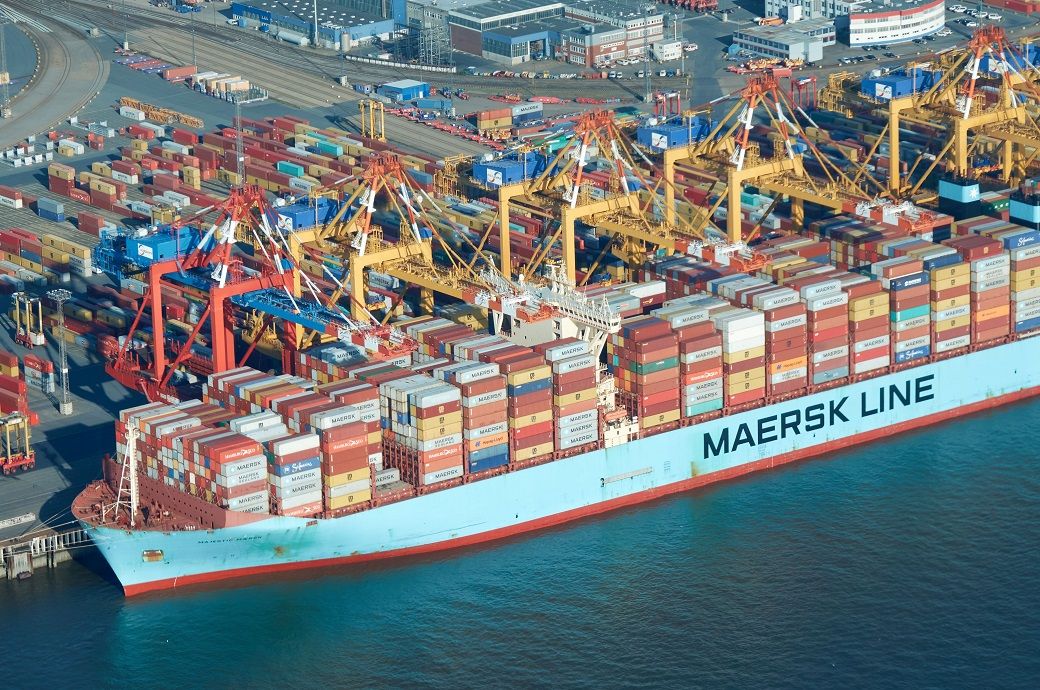North Sea ship congestion leads to dip in German exports: Kiel

Supply bottlenecks and congestion in container shipping are becoming more entrenched and are impacting the global exchange of goods. More container ships are waiting in the German bay again than 14 days ago.
On the basis of Kiel Trade Indicator values, Germany is exporting around 7 per cent fewer goods than in 2019. Data of the Bundesbank, from which a gap of 4 per cent follows for July, indicates a similar trend. World trade is over 6 per cent above its pre-COVID 19 level.
The latest data update of the Kiel Trade Indicator shows an increase of 1.2 per cent in global trade in August 2022 compared with the previous month (price and seasonally adjusted). Global trade is expected to increase in August 2022 compared with the previous month (price and seasonally adjusted). Trade data from major economies and regions show a mixed picture.
“Inflation mechanically increases exports in many countries, as rising prices also increase nominal trade values as typically reported in official statistics. In fact, however, price-adjusted exports of major industrialised countries are still below pre-pandemic 2019 levels. Supply bottlenecks are likely responsible in part for this development. Rising energy prices will put further pressure on the competitiveness of European companies in the short and medium term,” said Vincent Stamer, head of the Kiel Trade Indicator, in a press release by Kiel Institute.
Congestion in container shipping is becoming entrenched at a high level. Currently, around 11 per cent of all shipped goods are stuck. In the waiting areas observed by the Kiel Institute, congestion in the North Sea is the most serious for the first time. Well over 2 per cent of global freight capacity is at a standstill there and can neither be loaded nor unloaded. In the German Bight alone, 19 container ships are waiting to unload their goods, 2 more than 14 days ago.
“Since the beginning of the year, freight rates for seaborne trade from Asia to Northern Europe and North America’s West Coast have dropped significantly from over $14,000 per container to $4,000 and $8,000, respectively. However, congestion is preventing a return to pre-pandemic levels. High transportation costs are hindering a further recovery in global trade,” said Stamer.
Fibre2Fashion News Desk (NB)
































-Ltd..jpg?tr=w-120,h-60,c-at_max,cm-pad_resize,bg-ffffff)





.jpg?tr=w-120,h-60,c-at_max,cm-pad_resize,bg-ffffff)
.jpg?tr=w-120,h-60,c-at_max,cm-pad_resize,bg-ffffff)






